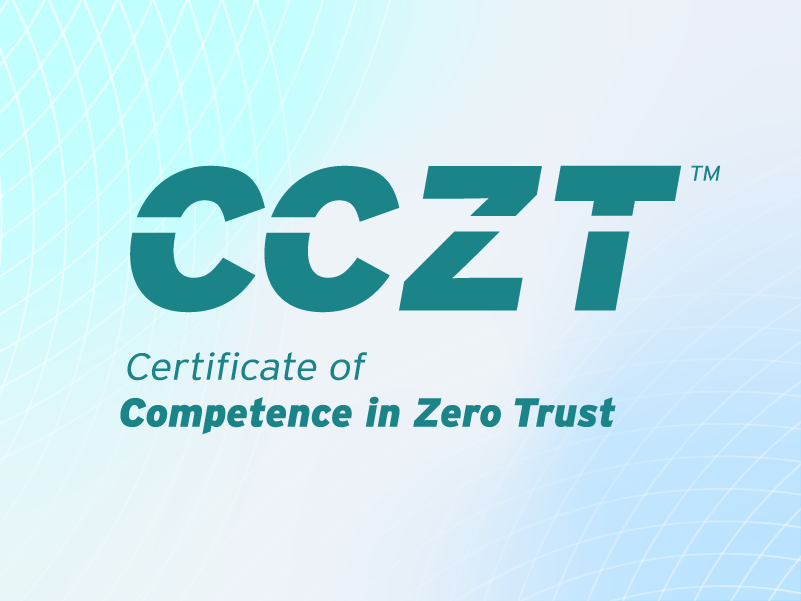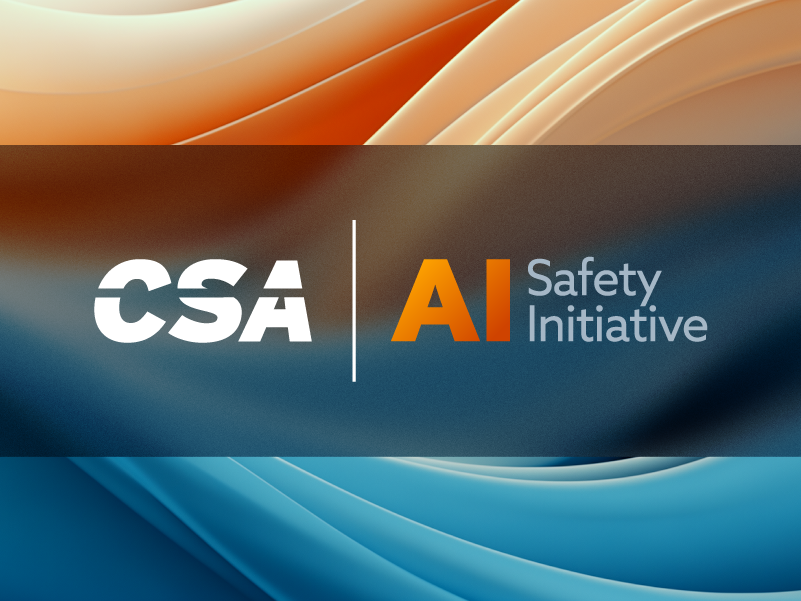A Guide On How AI Pilot Programs are Shaping Enterprise Adoption
Published 03/28/2025
Written by Koat.ai.
The First Flight into AI Initiatives
In the ever-evolving landscape of business, AI Pilot Programs offer a structured approach for companies to harness the potential of artificial intelligence. These initiatives provide a testing ground where businesses can refine their strategies and align AI technologies with their specific goals. By implementing AI pilot programs, organizations can assess the practical benefits of AI and identify any challenges before fully integrating these solutions into their operations. This methodical approach ensures that the deployment of AI is both strategic and effective, promoting a smoother transition to full-scale adoption. With a focus on innovation and quality, AI pilot programs enable businesses to explore new capabilities, ultimately driving growth and operational efficiency.
Addressing Leadership Concerns
Despite the growing interest in AI, many decision-makers remain cautious. Currently, 45% of firms are still in the exploration phase of AI adoption. The primary concerns revolve around cybersecurity, cost, and integration with existing systems. Interestingly, 51% of businesses have already turned to AI to bolster cybersecurity and manage fraud.
Pilot programs address these concerns by offering a risk-mitigated approach that provides tangible, data-driven insights. Through iterative testing and feedback loops, decision-makers can gain a comprehensive understanding of AI's capabilities and limitations, ultimately reducing uncertainties and fostering informed decision-making.
Real-World Examples of Business Use Cases
In practice, AI pilot programs have been implemented across various industries, offering valuable insights and outcomes. For example, in sectors like marketing and sales, companies are harnessing generative AI to optimize customer engagement and streamline operations. The average organization using generative AI often does so in two main functions: marketing and sales, as well as product and service development. This trend reflects a broader shift, with AI adoption rising to 72 percent, a significant increase over the past six years. Successful pilot programs demonstrate the potential for AI to revolutionize business processes, providing a blueprint for others to follow.
Other examples of AI pilot programs making a significant impact across various domains include threat intelligence, disinformation, and manipulation. These programs enable businesses to test AI solutions in real-world scenarios, identifying their strengths and limitations before full-scale deployment. A notable example comes from the Department of Homeland Security (DHS), which tested three Generative AI (GenAI) pilot programs in USCIS, HSI, and FEMA by October 2024. These initiatives provided valuable insights into the practical applications and limitations of GenAI tools.
Understanding the Pain Points in AI Adoption
Let’s outline the common challenges that decision-makers and corporate leaders face:
- Uncertainty About ROI: AI investments often come with high upfront costs and unclear returns.
- Lack of Expertise: Many organizations lack the technical expertise to develop, implement, and manage AI solutions.
- Data Challenges: Poor data quality, silos, and privacy concerns can hinder AI initiatives.
- Resistance to Change: Employees and leadership may resist adopting new technologies due to fear of job displacement or skepticism about effectiveness.
- Scalability Issues: Even if a solution works on a small scale, scaling it across the enterprise can be complex and resource-intensive.
AI Pilot Programs: The Bridge to Enterprise Adoption
An AI pilot program allows organizations to test AI technologies on a smaller scale, minimizing risks while providing valuable insights. Here’s how pilot programs can address the above challenges:
1. Define Clear Objectives and Metrics
A successful AI pilot starts with clear objectives aligned with business goals. Decision-makers should identify specific pain points and define measurable KPIs, such as cost savings, time reduction, or revenue growth.
2. Leverage External Expertise
For organizations lacking in-house expertise, partnering with AI consultants or vendors can accelerate the process. These experts bring technical knowledge and domain-specific experience to design and execute pilots effectively.
3. Start with High-Impact, Low-Risk Use Cases
Organizations should prioritize use cases that promise significant value with minimal disruption. Automating repetitive tasks, optimizing logistics, and enhancing customer service are popular starting points.
4. Ensure Data Readiness
Data is the lifeblood of AI. Companies must invest in data cleansing, integration, and governance to ensure the success of pilot programs.
5. Foster a Culture of Innovation
Leadership plays a critical role in promoting a culture that embraces AI. Transparent communication about the benefits and addressing employee concerns can mitigate resistance.
Evaluating Success in AI Trials
Evaluating the success of AI pilot programs involves a comprehensive approach to metrics and outcomes. Key performance indicators (KPIs) such as accuracy, efficiency improvements, and return on investment (ROI) are essential for determining the effectiveness of these initiatives. Accuracy metrics might involve comparing the AI’s performance to human benchmarks or predefined standards, while efficiency improvements could be assessed by measuring time savings and resource optimization.
Financial metrics like ROI provide insights into the economic benefits gained from AI deployment. For example, a retail company might measure the impact of AI on inventory management, observing reduced waste and improved stock levels. These metrics collectively inform businesses about the tangible benefits and areas needing further refinement.
Another important aspect is user feedback, both from internal stakeholders and end-users. Regularly collecting and analyzing this feedback helps in understanding the practical usability of AI solutions and the satisfaction levels of those interacting with them.
Additionally, the scalability and adaptability of AI solutions are critical factors. A pilot program’s success should also be judged by how well the AI system can scale to handle larger datasets or adapt to new variables without significant redevelopment. This ensures the long-term viability of the AI initiative.
Lastly, comparing pre- and post-implementation scenarios provides a clear picture of the AI’s impact. Businesses can track performance metrics before the AI pilot and then compare these to the results during and after the pilot phase. This comparative analysis highlights the specific gains achieved through AI, guiding future decisions and investments.
Scaling AI Success: Your Pre-Launch Checklist
Once a pilot program demonstrates value, the next step is scaling it across the organization. Here’s a roadmap for successful scaling:
1. Document Learnings and Best Practices
Capture insights from the pilot, including successes, challenges, and areas for improvement. This documentation serves as a blueprint for future deployments.
2. Secure Stakeholder Buy-In
Demonstrating ROI and aligning AI initiatives with strategic objectives can help gain support from stakeholders and leadership.
3. Invest in Scalable Infrastructure
Scalability requires robust infrastructure, including cloud computing, data pipelines, and integration tools. Companies should assess and upgrade their IT systems accordingly.
4. Train and Upskill Employees
Organizations should invest in training programs to equip employees with the skills needed to work alongside AI technologies.
5. Adopt an Agile Approach
Scaling AI requires flexibility. An iterative approach allows organizations to refine solutions based on feedback and evolving needs.
The Road Ahead for AI in Business
As businesses look forward, the successful adoption of AI offers unparalleled opportunities. By leveraging AI technologies, companies can unlock new levels of productivity, enhance customer experiences, and develop innovative business models that stand out in a competitive market. AI's integration into daily operations has the potential to transform various sectors, making processes more efficient and enabling data-driven decision-making.
The real advantage of AI lies in its ability to adapt and learn over time, providing ever-improving solutions tailored to an organization's needs. For enterprises hesitant to take the plunge, pilot programs provide a low-risk environment to explore AI’s capabilities and gather actionable insights. These initial steps are crucial in building confidence and competence in AI technologies.
Investing in AI is not merely about staying current; it's about paving the way for future advancements and maintaining a competitive edge. As more businesses adopt AI, the collective insights and experiences will foster an ecosystem of continuous improvement and innovation. This future-forward approach ensures that AI becomes a cornerstone of strategic growth, offering long-term benefits and driving sustained success.
Related Resources



Unlock Cloud Security Insights
Subscribe to our newsletter for the latest expert trends and updates
Related Articles:
Why Your Copilot Needs a Security Co-Pilot: Enhancing GenAI with Deterministic Fixes
Published: 12/10/2025
How to Build AI Prompt Guardrails: An In-Depth Guide for Securing Enterprise GenAI
Published: 12/10/2025
Security for AI Building, Not Security for AI Buildings
Published: 12/09/2025
AI Explainability Scorecard
Published: 12/08/2025


.jpeg)
.jpeg)
.jpeg)
.jpeg)